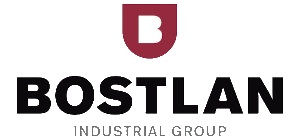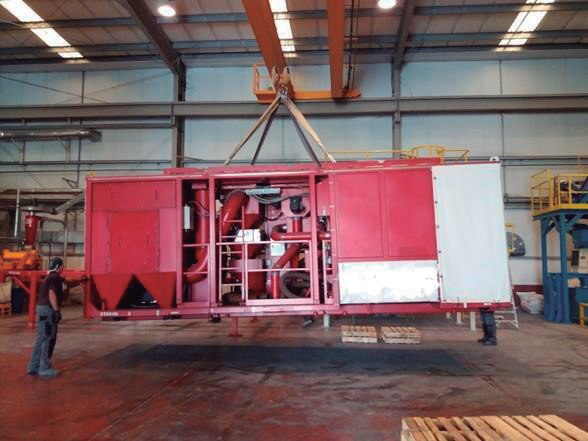GRANALUM
SHOTBLASTING MATERIALS RECOVERY IN THE ALUMINIUM INDUSTRY
IN TRADITIONAL SHOT BLASTING PROCESSES, a metallic residue called spent shot is generated as a result of a successive reduction of the particle size of the shot and due to abrasion caused by the impact on the parts to be cleaned. In the aluminium industry, iron (Fe) needs to be added to many commercial alloys, and iron and aluminium (Fe, Al) powder of specifi c particle sizes is used in the form of alloy tablets. BOSTLAN, the company behind GRANALUM, is one of the world’s leading producers of these tablets, while WINOA is a global leader in the manufacture of Fe granules.

DRIVING FACTOR


 OBJECTIVES
OBJECTIVES
- Implement a comprehensive treatment process for spent shot waste.
- Save up to 500 tonnes of primary Fe per year without significant quality loss at BOSTLAN.
- Improve competitiveness in ferroalloy products for the aluminium industry.
- Reduce landfi lling of spent shot.
- Raise awareness among companies generating spent shot regarding the fact that good waste segregation can bring them economic benefits.
 RESULTS
RESULTS
- Conditioning and sorting of waste shot generated in different shot blasting processes and machines.
- Treatment and recovery of the grit obtained by means of the project’s own technology.
- Use of recovered grit for the industrial production of aluminium alloy tablets, with appropriate results in industrial production and excellent Fe recovery in aluminium baths.
- Potential use of recycled Fe shot in 50% of products, with potential savings of 150 tonnes per year over three years, and up to 350 tonnes of CO2 equivalent per year.
- Reduced unit cost of production by 8%.
 CONCLUSIONS
CONCLUSIONS
- The ability to introduce recovered shot into the production of aluminium alloy tablets has been demonstrated.
- GRANALUM’s performance depends on full knowledge and control of the value chain. Collaboration with spent shot generators and aluminium smelters is key to creating new business opportunities leading to reduce the environmental impact of the value chain in an economically viable way.
ENVIRONMENTAL
TECHNICAL
ECONOMIC
COMMERCIAL
ON THE MARKET


